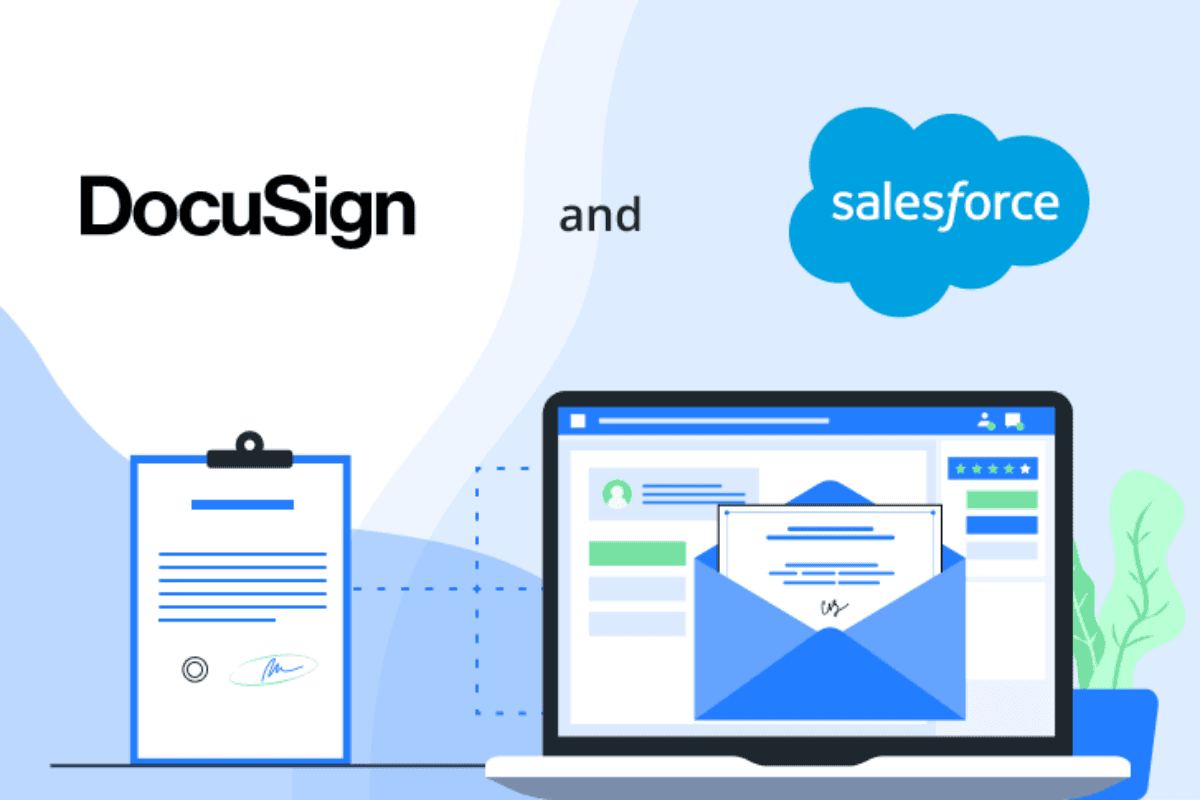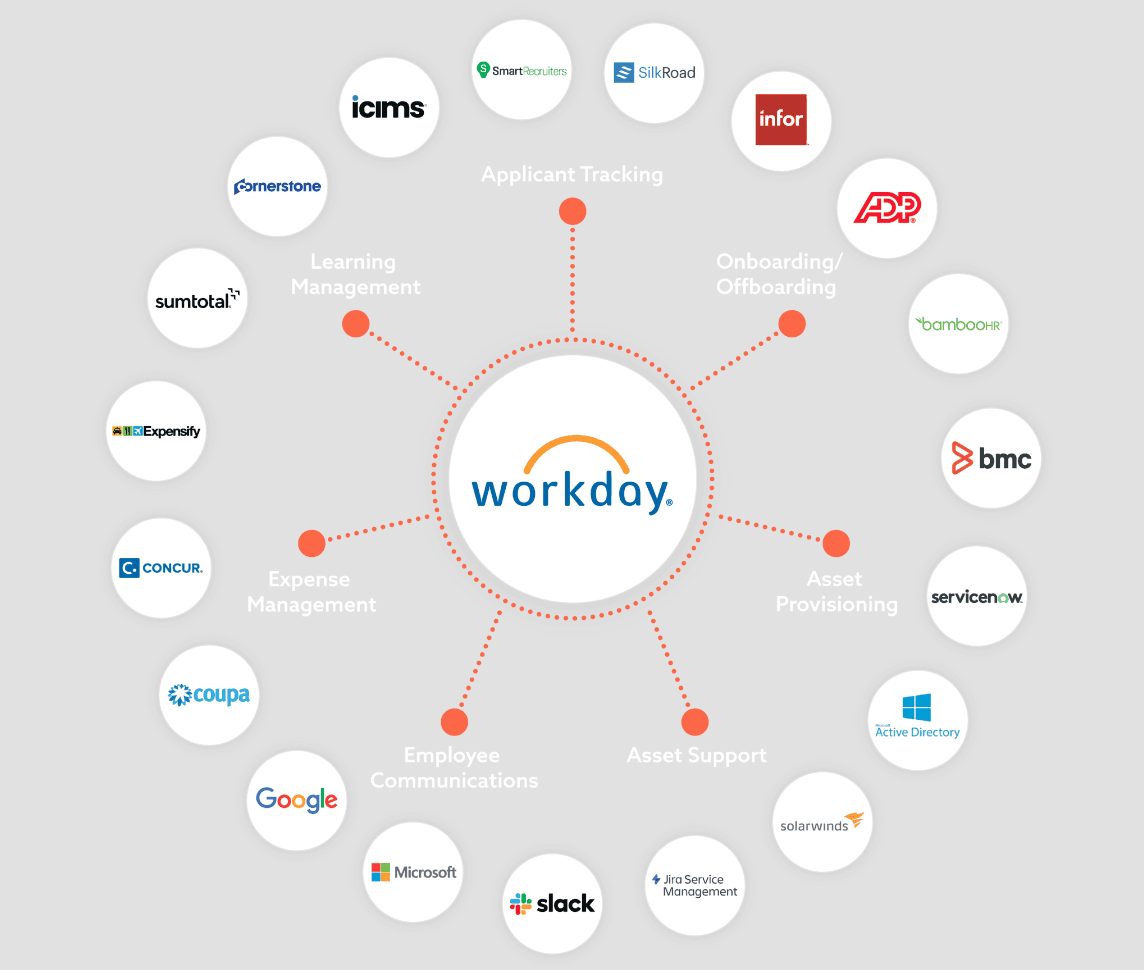Guides
The Ultimate Guide to Building Tech Partnerships
Whether you've built a handful of native integrations or are starting your integration roadmap, tech partnerships are essential to your strategy. But engaging in tech partnerships is challenging. In this article, we’ll share a framework for building a successful tech partnership to help unlock more value from your integration strategy.

Brian Yam
,
Head of Marketing
11
mins to read
Whether you've built a handful of native integrations or are starting your integration roadmap, tech partnerships need to be a core component to your strategy. However, the process of navigating from purely building products to engaging in tech partnerships is a challenging one.
There are many moving pieces, from incentivizing partners to engage to ensuring your partner meets their co-sales and co-marketing obligations. In this article, we’ll share a framework for building a successful tech partnership to help unlock more value from your integration strategy.
TL;DR
Tech partnerships are essential for SaaS companies. They unlock value for end-users by enabling better integration to be built, open the door to scalable co-sales and co-marketing opportunities,
The more integrations you build, the more likely your app will be perceived as a platform, not a product. This leads to your app's increasingly central role in customers’ tech stacks, making it much stickier and churn-resistant.
In any partnership, the smaller business typically takes on the lion’s share of the development work because they have more to gain from the partnership.
To identify potential partnership opportunities, map out your ICP’s workflow. Look for synergies with their tools, then reach out proactively to target partners using outbound marketing.
To partner with smaller companies, have a robust API strategy first. Then make it easy for prospective partners to contact you regarding partnerships interest. Finally, provide resources to help them build the integration and create case studies highlighting previous successful integrations.
Joint partnership challenges include agreeing on how much co-marketing and co-sales both parties should do. Additionally, keeping sales reps up to speed with the evolving integrations landscape and deciding which party is responsible for dealing with customer support queries also present challenges.
Once a partnership has been established, check-in with your partner regularly. Again, the Pareto principle applies: 20% of your partners will drive 80% of the impact. So focus on finding that 20% of partners deliver the most value and deepen those relationships.
What is a tech partnership?
A tech partnership is a partnership built between two SaaS companies that have product integrations with one another. In some instances, this can come in the form of embedding a white-labeled instance of one company's product in the other company's product, but far more common is when they simply provide a native integration that enables data to pass between the two platforms seamlessly.
A good example of a tech partnership is Salesforce and DocuSign. Salesforce uses a DocuSign integration in their platform that consolidates their customers’ CRM data with their documentation operations.

Why is it essential to build tech partnerships?
Most leading SaaS companies have a strong commitment to building tech partnerships: Microsoft has 750 partners. Salesforce has 1,750 partners, HubSpot has 2,000 partners, and Google has 2,600 partners.
While it’s apparent that having so many partnerships allows these companies to exert considerable influence on the SaaS ecosystem, the million-dollar question is: Why did they initially decide to invest resources in creating partnerships?
This can be broken down into two core components - product and go-to-market.
Go to market
Tech partnerships unlock valuable co-marketing / co-selling opportunities that can be mutually beneficial.
Building an integration with another platform generally indicates that you share customers, and that means there will be some ICP (ideal customer profile) overlap between your user bases. By going to market together and promoting the integration, you'll get direct access to the partner's customers.
Product
Tech partnerships are often critical to enabling these integrations to be built, for two main reasons:
1. Getting access to a developer account with the 3rd party application quires teams to go through partnerships in order to even get developer access to a sandbox account.
2. Not all APIs are built equal - if you want to enable a use case that is not technically possible with their existing endpoints, you will need to work with their team to see if they can update their API to fit your requirements
SaaS buyers have come to expect interoperability within their tech stack, and studies have shown that it is now the 2nd most important criteria for them when evaluating new SaaS solutions. In order to drive adoption for your product, you need to provide your users the integrations they need.
Additionally, providing end-users seamless integrations and interoperability with their other tools has been proven to drastically reduce churn (by over 15%) - the more integrations your users activate, the more dependencies they will inevitably build on your application.
Product vs platform
As you begin to offer dozens of integrations, be it through building it yourself or via tech partners, your customers may begin to see you as a platform—like Slack or Salesforce—instead of a standalone point solution. So let's discuss why that’s something you want.
A product solves a narrow set of problems for one ideal customer profile (ICP), and a platform is an operating system for multiple teams within a company.
Imagine your customers’ tech stacks like a wheel. The platforms in the middle are the hub, and the spokes lead to the products on the outside.

With dozens, if not hundreds of dependencies layered on top through integrations, your customers would be unlikely to move off of a platform product as it would break the rest of their operations. In other words, apps that are platforms have a higher rate of user retention than apps that solve one problem.
Two products in the process of transitioning to platforms are Productboard and Bynder. To learn more about their journeys, watch The Integrated Podcast here.
Now, let’s get tactical. How do you execute a tech partnerships strategy?
How to build a tech partnership program
You can’t build every integration in-house
One side typically takes the lead in tech partnerships in building the integration. In most cases, the party that builds the integration is smaller and stands to gain more from association with the Googles of the world.
If you’re currently working for a small SaaS company, you’re likely to take on the building of an integration. But, conversely, if you work for an enterprise, you’ll offload engineering the integration to the smaller company. So rather than build the integration, it’s your job to make integrating with you as straightforward as possible.
Let’s explore how to prepare for each of these use cases.
Integrating with larger companies
Assuming they avoid the trap of backlogging integrations, most small companies approach integrations by shipping them and telling their users. While this is better than not building the integration altogether, approach the process strategically.
Identify the right integrations to build
You likely have a large backlog of requests from prospects and existing customers that serve as a strong indicator of demand for specific integrations. If not, just talk to your Sales and Customer Service teams, and they’ll tell you about them.
However, identifying integrations that offer more value from a partnership perspective requires a proactive approach.
First, explore your customers’ broader workflows and tech stack.
Then, fill in the gaps with software like stackshare.io and builtwith.com.
And schedule interviews with your users to ask them about the holes in software directly.
Now that you understand your ICP’s general tech stacks discover possible synergies with their tools. Ask yourself:
Where can their tech stack be more efficient?
Where can integrations unlock new value?
Finding lucrative partners
Software like Crossbeam and Reveal identify the potential return on investment (ROI) of a partnership with those platforms. In addition, these platforms demonstrate how your customer base overlaps with the potential partner.
This information helps quantify how valuable an integration is to you and the third-party software regarding the number of users that stand to benefit. Ultimately, the more considerable overlap, the more valuable partnership would be.

Integrating with smaller companies
As your company grows, up-and-coming SaaS businesses will send integration requests to you. However, given their smaller customer bases, it will rarely make sense for you to build the integration with these smaller companies. Therefore your job will be to make it as easy as possible for smaller companies to integrate with your app.
This involves multiple components:
A robust API-as-a-product strategy
Developer relations
Gold-standard integration examples
A review and approval process
Partner marketing collateral
API-as-a-product strategy
Treat your API as a product and make it easier for partners to build integrations with your app.
Go through a discovery process with potential partners to understand the use cases they want to build. Then, ensure you expose the necessary endpoints for your API based to enable those use cases.
While the resulting use cases will be undefined and out of your control, there are a few functionalities to enable that will empower your partners to add value to your customers through the integrations they build.
Data integration: Pulling data out of your app and posting data in
Process automation: Trigger events within their app via webhooks
UI integration: Components or iFrames to provide a more embedded experience
Developer relations
Developer relations are a central part of your partnership strategy. Create concise API documentation, so third-party devs don’t have to spend hundreds of hours poring through arcane notes before they start building the integration.
If developers from other companies have questions, ensure your technical support is responsive and you have an active presence on developer forums.
Finally, develop a strategy to handle versioning for the inevitable updates to your API. Getting people off older versions of your API can be difficult once they start using it.
And when you plan on releasing breaking changes, give your partners ample heads up, so it does not break the integration.
Integration examples
Since you’re giving away control over your customers' experience with the partner-built integrations, provide examples of similar integrations for your partners to mimic.
For example, let’s say you’ve spent months designing and building a seamless integration with a larger CRM. Ideally, you’ll want all CRM integration experiences to be similar—even if it’s partner-built.
Review and approval process
If a partner builds an integration experience that does not meet your standards, it will reflect poorly on your mutual customers’ perception of your product. Therefore, it’s crucial to have a review and approval process for your partner-built integrations.
If you provide a public API, use this process as a filter for choosing partner integrations to display on your website.
Partner marketing collateral
Nurturing solid partnerships should be a two-way street, especially when the partner is similar to you. As a result, you both stand to gain value from the integration.
In return for the partner building the integration, offer to co-market the integration once it’s built. By doing this, you’re providing exposure to your audience and encouraging them to promote your product to their customer base—a win-win scenario.
Once you’ve had a few successful partner-led integration launches, this collateral can also be re-purposed into case studies that illustrate how other partners have integrated with your platform to maximize user value.
Partner marketing collateral reduces the intimidation for smaller companies. In addition, you’re demonstrating the potential incentives at play if they were to build an integration with your product.
Challenges with tech partnerships
Regardless of your role in the tech partnership, you’re bound to run into hurdles. So be aware of the following challenges before you start the process.
Onboarding
Go-to-market terms
Support
Onboarding
Before publicly releasing the integration, ensure both parties’ onboarding and success teams know how to set up the integration to maximize customer value. Be ready to answer customer questions about how to set up the integration and the results it will create for your customers’ businesses.
Go-to-market terms
Are co-marketing and co-sales optional or a requirement? Regarding co-marketing, will both parties create content about the integration, issue a press release, and mention it in webinars and events?
And for co-sales, are both companies training sales reps in the integration, giving them sales collateral, and sending over referrals.
The party with more to gain from the integration should be prepared to invest the most into sales and marketing development to sweeten the deal for the party with less to gain.
The more apps you integrate with, the harder it will be for your sales team to keep up to date with where each integration is in terms of development. For this reason, it makes sense to either offload that part of sales to your partners or invest heavily in training your salespeople.
Support
If there’s an issue with the integration, you, your partner, and your customer needs to know who’s responsible, who owns the knowledge about how to fix it, and through which platform you can communicate about it.
Don’t leave your customers hanging. Instead, agree with your tech partner in advance who is responsible for responding to support requests. And if fixing customer support issues requires data, decide in advance on how it's shared and used.
Some partnerships won't work out even if you preemptively address all the challenges. For example, suppose your partner releases a messy API or isn’t responsive to your customers. If a partner isn’t meeting your expectations, be prepared to walk away, and don’t take it personally.
Seth Godin’s book, The Dip: A Little Book That Teaches You When to Quit (and When to Stick), is a great read when you’re trying to differentiate between a business relationship going through a temporary challenge versus just a dead end.
How HubSpot enables smaller tech partnerships
HubSpot is an instructive example of a large company that is engaged in over a thousand technology partnerships.
In the early days, they were building integrations towards other platform such as Salesforce, Mailchimp, and Slack themselves.
However, at their scale today, it’s nearly impossible for HubSpot to build every single integration their customers want. That’s why enabling partners to build integrations toward their API has become HubSpot’s core integration growth strategy.
They do so by focusing on a couple areas:
Providing resources and best practices for how to integrate with HubSpot
Work with certain partners on API endpoints that need to be exposed
Co-marketing specific integrations with partners
Thanks to the massive integration catalog they offer as a result of these efforts, HubSpot has solidified their position as the source of truth of customer data for their users.
This strategy not only enables HubSpot to concentrate on the development of their core CRM/marketing automation features, but it’s also more effective than creating a jack-of-all-trades product that caters to innumerable use cases.
Additionally, by promoting all the other SaaS solutions that integrate with HubSpot, they are able to extend the value and use cases that their products serve, while also inserting themselves on the integrations/partners pages on many SaaS websites. Today, HubSpot drives a significant portion of their revenue strictly through their partners.
So leveraging partnerships to scale their integration catalog allows HubSpot to move upmarket and land whale customers they would’ve otherwise lost upmarket leaders like Salesforce.
How Productboard incentivized Mixpanel to partner with them
If you’re not at HubSpot’s scale, enabling smaller partners to integrate with your product is likely a lesser focus - instead, the focus will be on building integrations with larger platforms.
While integrating with larger companies means that you'll be taking on the development work for the integration, it can be well worth it because co-marketing with larger partners can be a significant growth lever.
For example, Productboard built a Mixpanel/Heap integration that enabled them to form a tight partnership. Mixpanel and Heap were willing to engage in the partnership because the Productboard integration provides added value for Mixpanel/Heap’s customers, which served as an incentive to co-market.
The co-marketing efforts got Productboard’s product in front of Mixpanel/Heap’s customer base—which has since helped them move upmarket to closing 6 figure deals through the partnership.
If you are looking to replicate a similar strategy for your own company, equipping your engineering team with Paragon will significantly accelerate the pace at which they can ship new integrations.
Now that we’ve demonstrated the value of partnerships let’s dive into the product versus platform discussion, and why integrations and tech partnerships are critical in transitioning your product towards becoming a platform.
Identify the best partners and build deeper partnerships
Like any partnership, check-in with your partner on a pre-agreed frequency to maintain the relationship and discuss any issues. How often you do this depends on how significant the partnership is to both parties.
If the partnership doesn’t pan out the way you expected, are there consequences for the party who isn’t meeting its contractual obligations? Be sure to develop a contingency plan to continue supporting users who rely on the integration.
If each party is gaining partner-influenced revenue or customers are providing positive qualitative feedback, that’s a good sign that you’re on the right lines.
In successful tech partnerships, look to deepen the integration workflow, ideally to the point that the integration starts to feel like a native experience for both parties’ customers.
Conclusion
So, by now, you understand why tech partnerships are essential and how you should build them for your SaaS business—regardless of whether you’re the larger or more minor party in the partnership.
Are you interested in accelerating development for integrations with more significant partners or equipping your partners with a platform to build your API 5x faster? If so, book a free demo of Paragon’s embedded integration platform today!






